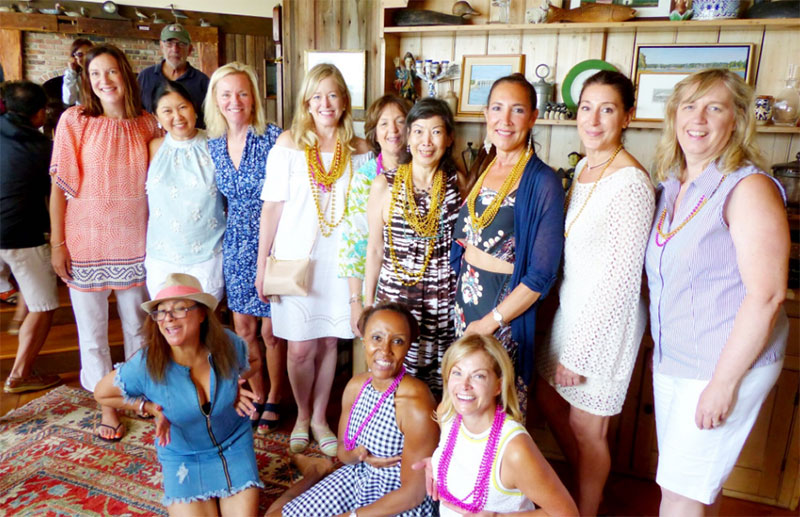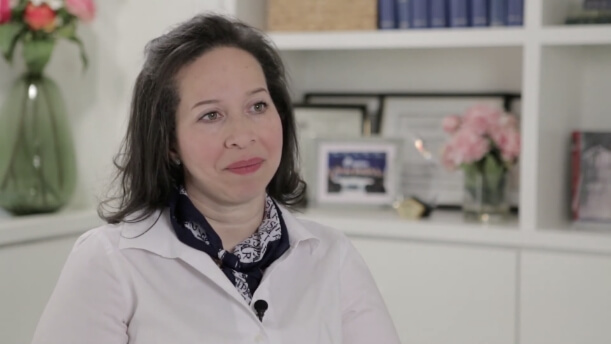
Breast Reconstruction Has Come a Long Way
The ancient Egyptians described breast cancer in papyrus writings as far back as 1600 B.C. Over the following centuries, many causes were suggested – from imbalances of bodily fluids to compression from tight clothing – and treatments ranged from cauterization to opium to arsenic. It was not until the 18th century that breast cancer came to be understood as a localized disease whose spread could be contained by isolating and removing the affected cells, giving rise to what we know today as mastectomy. The American surgeon William Halsted pioneered the radical mastectomy in the late 1800s, removing not just the breast tissue and adjacent lymph nodes but the underlying chest muscles down to the ribs as well in an aggressive attempt to control the spread of the disease. Halsted and other surgeons of his time did not believe in breast reconstruction. They feared that any intrusion at the surgical site could adversely affect the progression of the disease or hide a recurrence. So while the first attempts at reconstruction were made in the 1890s, it was not until the mid-20th century when radical surgery gave way to equally effective but less aggressive treatments that interest in breast reconstruction soared.
Modern approaches to breast reconstruction began with the introduction of silicone implants in the 1960s, first with delayed insertion after mastectomy and then in a single surgery immediately following mastectomy. Tissue expansion enabled a staged reconstruction process for women who did not have enough skin to cover an implant. A tissue expander is a temporary device that is placed on the chest wall and gradually filled with saline solution until the skin has stretched enough to hold the permanent implant. Today there are two general types of implants: saline-filled and implants filled with silicone gel that have different degrees of cohesiveness.
Implants have continued to improve, but many women suffer complications, such as pain, infection, and hardening that often require removal of the implants. And many women are unhappy with their implants. They may find that they feel rock hard and look unnatural, or that they’ve lost all feeling in the breast, or that their breasts are distorted and asymmetrical. As a result, the gold standard today is autologous tissue breast reconstruction – surgery that creates a breast from a woman’s own tissue, resulting in a breast that feels better, looks better, and lasts a lifetime.
Surgery that uses a woman’s own tissue to form a breast mound became popular at the end of the 1970s with the refinement of techniques that initially used skin, fat, and muscle from the back and then, in the early 1980s, with the introduction of the “TRAM flap,” skin and fat from the lower abdomen to form the breast. The TRAM flap was the gold standard for many years. It created a soft, natural-looking breast but its disadvantage was the subsequent destruction of the muscle in the abdominal wall. New techniques have made it unnecessary to sacrifice muscle from the donor site to create the new breast. This new type of reconstruction, known as “perforator flap breast reconstruction,” carefully dissects out the blood vessels perforating through the muscles to keep the tissue alive, so that only the fat and skin are used to reconstruct the breast while the muscle is completely preserved. Usually, microvascular techniques are used to sew together the blood vessels from the donor site to blood vessels in the chest wall so that the transferred soft tissue stays alive and healthy in its new position on the chest wall. Preserving the muscle also reduces the postoperative recovery time. The resulting breast reconstruction is soft, warm, and living, and replaces the fat and skin that was lost to mastectomy.
Changes in mastectomy itself have also facilitated improved restoration results. Surgery that spares skin and the nipple-areola complex enhances the surgeon’s ability to create a breast that is difficult to distinguish from the original breast. And we are now crossing the next frontier in breast restoration, by micro-surgically reconnecting nerves that are cut during mastectomy and restoring sensation to the breast. We can not only create a soft, warm breast that looks and feels natural to others but one that feels like her own breast to the woman herself. Over the last several decades, there have been significant advances in restorative surgical techniques. There are many options for breast reconstruction, and every woman should make an educated decision about what is best for her to bring back her health, confidence, and quality of life.


